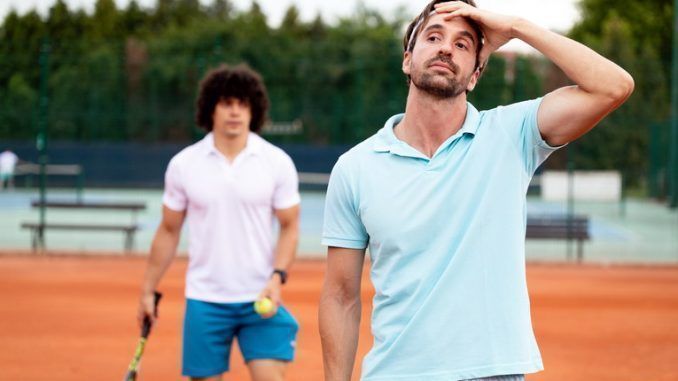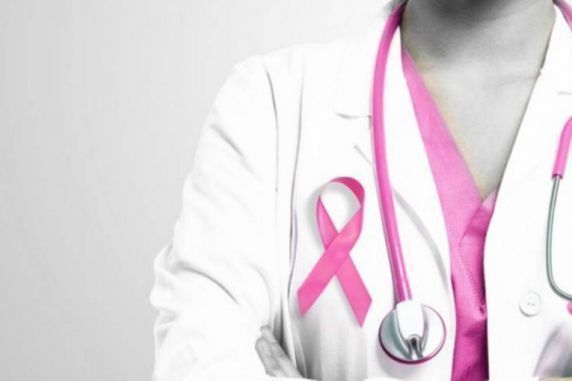
Tennis elbow when pain is a telltale sign of a more serious problem
Tennis elbow, when pain is a sign of a more serious problem
Among the first sports that have become viable again there is tennis
Among the first sports returned to viability after restrictions During the pandemic, caused by Covid-19, there is tennis. A sport that gives excellent muscle tone And it also trains the mind, but that can sometimes cause elbow pain: a widespread annoyance, so much so that it is commonly referred to as ‘tennis elbow‘. The Dr.
Roberto Leo, head of the Simple Structure of Elbow and Shoulder Surgery at ASST Gaetano Pini-CTO, for years on the CONI team, explains how the inflammation that generates the pain develops and what the treatment is.
Dr. Leo, when you talk about tennis elbow, what do you refer to?
This expression refers to a painful inflammation of tendons that connect the forearm muscles to the outside of the elbow, the scientific name for which is epicondylitis. It is commonly referred to as ‘tennis elbow’ because the nature of this inflammation is Constant functional load and tendon wear and tear due to repetition of high-impact mechanical gestures, as is the case for tennis players when they have to hit the ball. Athletic gesture imposes explosive contraction on the muscles and consequent strain on the tendons. But this disease can also affect other individuals such as some occupational categories Who subject tendons to overload, such as assembly line workers, construction workers, etc. causing disruption of fiber structure and a chronic inflammation process: it is as if the tendon has ruptured, but it is not.
When the patient experiencing elbow pain should be concerned?
When perceiving elbow discomfort even when cold. It will then be the examination of an orthopedic specialist or physiatrist to determine whether it is this pathology and to assess its degree of severity.
How the specialist can intervene?
The orthopedist can first refer the patient for therapy that serves to reducing levels of inflammation. It is useful to undergo the cryotherapy, i.e. trivially recommending the use of ice locally. Physical therapies may then also be prescribed, such as the focal shock waves, the Tecar therapy which uses a magnetic field, the laser therapy or the physical therapy understood as appropriate supportive manual therapy performed by a rehabilitation therapist.
Speaking of physiotherapy, it is important that athletes at a competitive level, as is the case in the Olympic Games, are constantly followed by a rehabilitation therapist to keep the inflammation below the threshold and prevent the tendon from being disrupted.
When surgery is needed, however, and how it is performed?
Surgery should be the so-called “last resort,” when all possible therapies have failed. The first level of intervention is through theinfiltration of growth factors, derived from blood or subcutaneous fat. They stimulate tendon cells in a reparative sense thereby inducing a natural process, because our bodies are often able to ‘repair’ themselves, as is the case with cuts in the skin, for example.
The second level of intervention consists of theactual surgical intervention in which the area of the bone on which the suffering tendons are hooked is “revitalized”; in this way, the local microbleeding that is produced stimulates the spontaneous repair processes of the tendons to the highest level.
How long after surgery can the patient return to their activities?
Much depends on the patient’s age and general health condition. The younger the subject, the shorter the recovery time will be. You still need at least a month of rest to return to activities of daily living and three to six months off to return to sports.
The Gaetano Pini-CTO Territorial Social Health Company
The Azienda Socio Sanitaria Territoriale Gaetano Pini-CTO, point of reference for orthopedics, specialty rehabilitation, rheumatology and neurology, nationwide, includes three hospitals in Milan: the Gaetano Pini, the CTO and the Fanny Finzi Ottolenghi Rehabilitation Center. The ASST Gaetano Pini-CTO – evolution of the Milan Orthopedic School founded in 1874 – specializes in pathologies and trauma of the musculoskeletal system, rheumatology and physiatry. L’Company receives more than 800 thousand users each year, and its specialists work with the most sophisticated imaging techniques, through both conventional and robotically equipped operating rooms.
ASST Gaetano Pini-CTO is a provider center for the care of chronic patients in the field of rheumatic diseases and Parkinson’s Disease.
